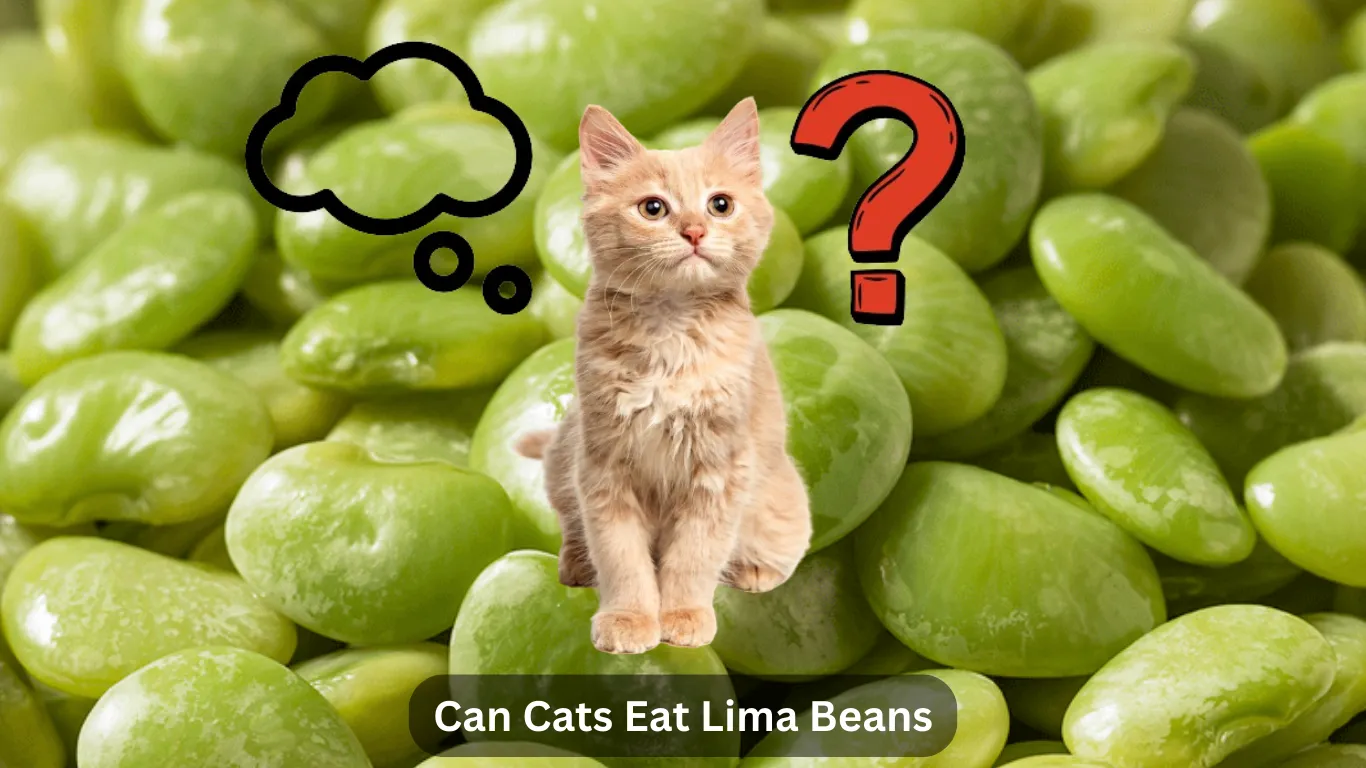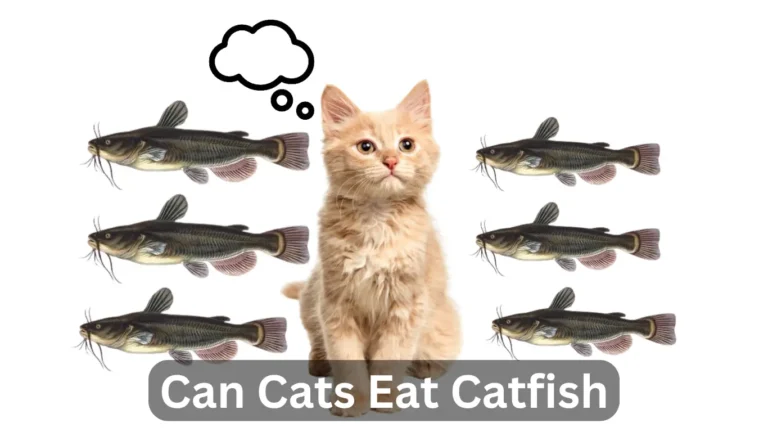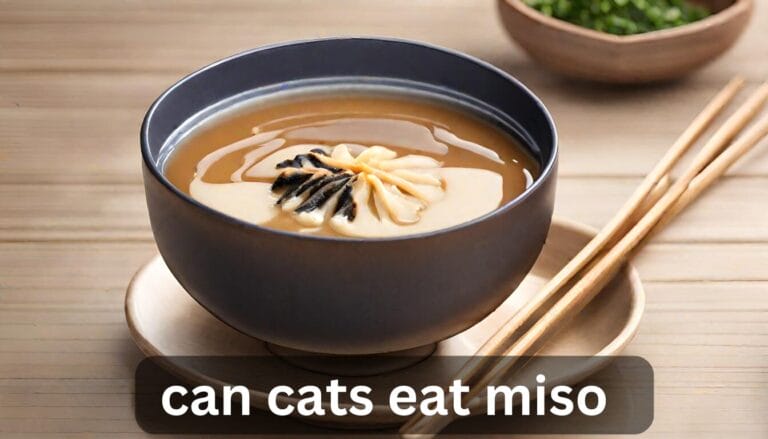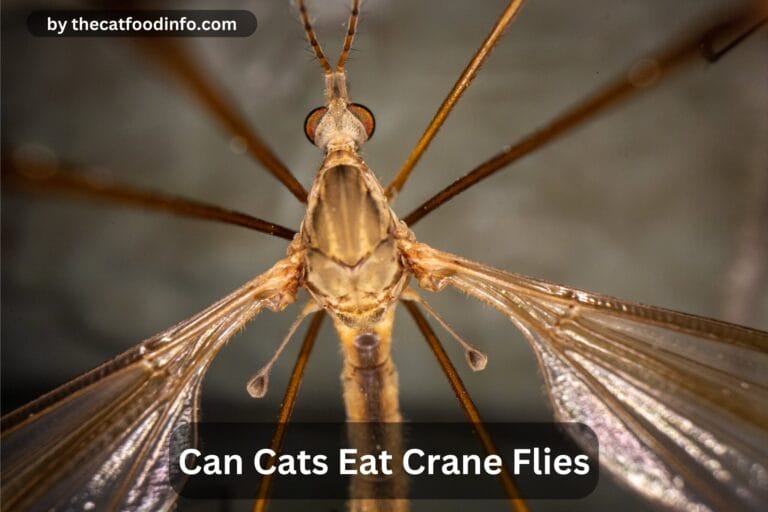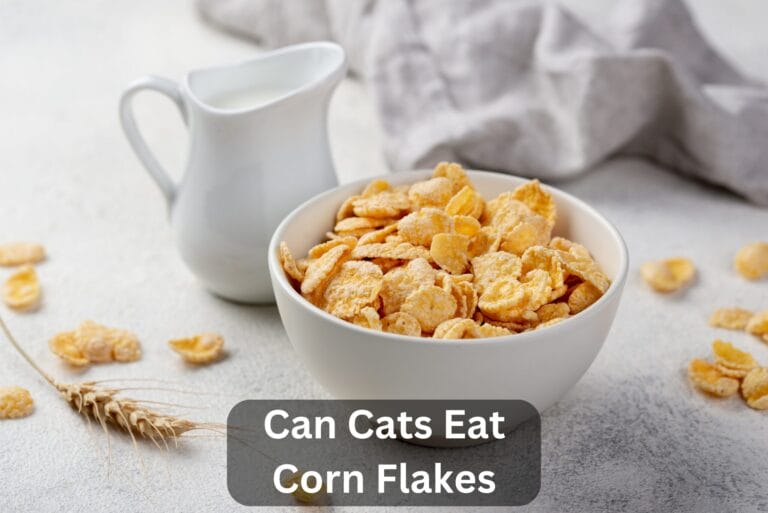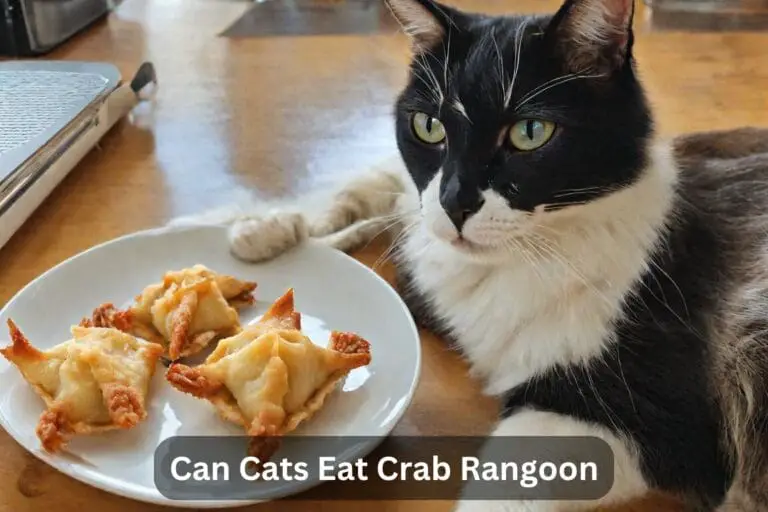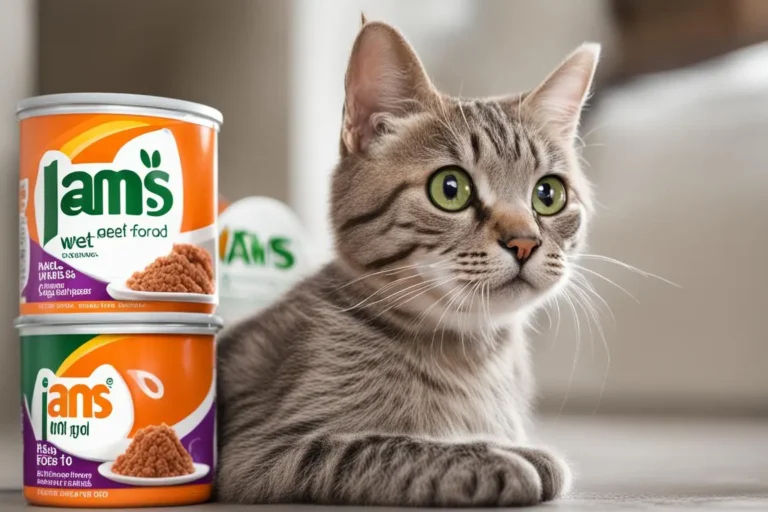Can Cats Eat Lima Beans? A Comprehensive Guide
If you are a cat owner who shares human food with his cat such as lima beans, so first you should confirm is lima beans safe for cats or not
In this comprehensive guide, we are going to discuss the relationship between cats and lime beans and also its health impacts on cats.
As well as we will discuss some other questions about cats and lima beans. So let’s get started to explore the question “ Can Cats Eat Lima Beans Safely? “
Can Cats Eat Lima Beans?
Yes, cats can eat lima beans. Lima beans are safe for cats but in moderation. However, it’s essential to ensure that lima beans are thoroughly cooked and mashed before feeding them to your cat. While lima beans can be a source of protein and fibre, they should only be given as an occasional treat, not as a regular part of your cat’s diet.
Potential Health Benefits Of Lima Beans To Cats
Here are some potential health benefits of lima beans for cats are given in more detail:
Source of Protein:
Protein is crucial for cats as it supports various bodily functions, including muscle development, repair, and overall growth. Lima beans offer a plant-based source of protein that can complement a cat’s diet, especially for cats with sensitivities to certain animal proteins.
Fibre Content:
Fibre plays a vital role in digestion by promoting regular bowel movements and preventing constipation. It also aids in the absorption of nutrients from food, contributing to overall digestive health in cats.
Nutrient Rich:
Lima beans are rich in essential vitamins and minerals, such as magnesium, potassium, and folate. These nutrients are necessary for maintaining proper organ function, supporting bone health, and ensuring the overall well-being of cats.
Weight Management:
The combination of protein and fibre in lima beans can help cats feel fuller for longer periods, potentially aiding in weight management by reducing the likelihood of overeating and supporting a healthy metabolism.
Digestive Health:
Fibre is essential for maintaining optimal digestive health in cats. It helps regulate bowel movements, prevents gastrointestinal issues like constipation and diarrhoea, and supports the growth of beneficial gut bacteria.
Energy Boost:
Carbohydrates in lima beans provide a source of energy for cats, supporting their daily activities and overall vitality. This energy can be especially beneficial for cats to be active and healthy.
Heart Health:
Potassium is a key mineral found in lima beans that supports heart function and helps regulate blood pressure levels in cats. Including lima beans in a cat’s diet can contribute to a healthy cardiovascular system.
Immune Support:
The vitamins and minerals present in lima beans, such as vitamin C and zinc, play crucial roles in supporting a strong immune system in cats. A robust immune system helps cats fight off infections and illnesses.
Healthy Skin and Coat:
Lima beans contain nutrients like zinc and vitamin E, which are essential for maintaining healthy skin and a shiny coat in cats. These nutrients help prevent dryness, irritation, and other skin issues.
Dental Health:
Chewing on lima beans can help promote dental health in cats by reducing plaque and tartar buildup on their teeth. This chewing action can also stimulate gum health and help prevent dental issues such as gum disease and tooth decay.
Overall, while lima beans offer various potential health benefits for cats, it’s essential to incorporate them into a balanced and species-appropriate diet.
Are There Drawbacks To Feeding Lima Beans To Cats?
While lima beans can offer potential health benefits to cats when fed in moderation, there are also some drawbacks to consider:
Digestive Upset:
Some cats may experience digestive upset, such as gas or bloating when introduced to new foods like lima beans. This can be particularly true if the beans are not properly cooked or if the cat has a sensitive stomach.
Allergic Reactions:
Cats can become allergic to some foods, like lima beans. Signs of an allergy might be itching, skin irritation, vomiting, or diarrhoea. It’s essential to keep a close eye on your cat for any adverse reactions when introducing new foods into their diet.
Risk of Obesity:
While lima beans can provide a source of protein and fibre, they also contain carbohydrates. Feeding too many carbohydrates to cats, especially those who are less active, can contribute to weight gain and obesity over time if not carefully monitored.
Potential for Pancreatitis:
Some cats may be prone to pancreatitis, an inflammation of the pancreas. High-fat foods, including certain legumes like lima beans, can exacerbate this condition. It’s crucial to consult with a veterinarian before incorporating lima beans into the diet of a cat with a history of pancreatitis or other digestive issues.
Nutritional Imbalance:
While lima beans contain beneficial nutrients, they should not be the primary source of nutrition for cats. Cats have specific dietary requirements, including high protein and fat content, which may not be adequately met by a diet primarily consisting of lima beans. It’s important to ensure that lima beans are offered as a supplement to a balanced cat food diet.
Preparation Concerns:
Lima beans must be properly cooked and prepared before feeding them to cats. Raw or undercooked beans contain compounds that can be toxic to cats, such as lectins. Additionally, some cats may have difficulty digesting beans that are not thoroughly mashed or pureed.
What If My Cat Ate A Lot Of Lima Beans?
If your cat has eaten a large quantity of lima beans, it’s important to monitor them closely for any signs of discomfort or adverse reactions. While a small amount of lima beans is unlikely to cause harm, eating a large quantity can potentially lead to digestive upset, such as gas, bloating, or diarrhoea.
If your cat shows any concerning symptoms after consuming a lot of lima beans, it’s best to contact your veterinarian for guidance. They can assess the situation and provide recommendations based on your cat’s specific circumstances. In some cases, they may advise monitoring your cat at home and providing supportive care, such as offering plenty of fresh water and a bland diet to help alleviate any digestive issues.
However, if your cat exhibits severe symptoms such as vomiting, lethargy, or difficulty breathing, seek immediate veterinary attention. In rare cases, consuming a large amount of lima beans could lead to more serious complications that require prompt medical intervention.
To prevent overeating in the future, ensure that any human foods offered to your cat, including lima beans, are given in small amounts as occasional treats rather than a significant portion of their diet. Additionally, always be mindful of what foods are safe for cats to consume and avoid offering them foods that may cause risks to their health.
Can Lima Beans Kill Cats?
No, lima beans are not typically considered toxic to cats in small amounts. However, consuming large quantities of lima beans could potentially lead to digestive upset or other health issues. It’s important to offer lima beans to cats in moderation and ensure they are properly cooked and prepared to minimize any risks. If a cat ingests a large amount of lima beans or exhibits concerning symptoms, it’s best to consult with a veterinarian for guidance and appropriate care.
How To Feed Lima Beans To Your Cat?
Feeding lima beans to your cat can be a nutritious addition to their diet if done properly. Here’s a detailed guide on how to feed lima beans to your cat:
Cooking and Preparation:
Lima beans must be thoroughly cooked before feeding them to your cat. Raw or undercooked beans can contain compounds that are toxic to cats. Steam or boil the beans until they are soft and easily mashed. Avoid adding any seasonings, spices, or oils, as these can be harmful to cats.
Mashing or Pureeing:
Once cooked, mash the lima beans or puree them into a smooth consistency. Cats may have difficulty digesting whole beans, so it’s essential to ensure they are adequately mashed or pureed. This also makes it easier for your cat to eat and digest the beans.
Portion Control:
Offer lima beans to your cat in small amounts as an occasional treat rather than a significant portion of their diet. Start with just a few mashed beans and observe your cat’s reaction before increasing the serving size. Overfeeding lima beans or any human food can lead to digestive upset or nutritional imbalances.
Mixing with Cat Food:
To make lima beans more appealing to your cat, you can mix them with their regular cat food. This helps introduce the new food gradually and ensures your cat receives a balanced diet. However, avoid relying solely on lima beans as a primary source of nutrition for your cat.
Observation:
Monitor your cat closely after feeding them lima beans for any signs of discomfort or adverse reactions. These may include vomiting, diarrhoea, lethargy, or changes in appetite. If you notice any concerning symptoms, discontinue feeding lima beans and consult with your veterinarian.
By following these guidelines, you can safely incorporate lima beans into your cat’s diet as an occasional treat, providing them with added nutrients and variety. However, always prioritize your cat’s health and well-being by monitoring their reaction to new foods and consulting with a veterinarian when in doubt.
Lima Beans Allergic Reaction Symptoms In Cats
Some potential symptoms of an allergic reaction to lima beans in cats are given in more detail:
Itching and Scratching:
Cats may exhibit excessive itching and scratching, often focusing on areas such as their face, ears, neck, or paws. They may repeatedly scratch or groom themselves in an attempt to alleviate the discomfort caused by the allergic reaction.
Skin Irritation:
Allergic cats may develop visible signs of skin irritation, such as redness, swelling, or raised bumps. These areas of the skin may feel warm to the touch and may be sensitive or painful for the cat.
Vomiting:
In response to an allergic reaction, cats may vomit as their body attempts to expel the allergen. Vomiting may occur shortly after eating lima beans or within a few hours, depending on the individual cat’s sensitivity and the severity of the reaction.
Diarrhoea:
Allergic reactions can lead to gastrointestinal upset in cats, resulting in diarrhoea. The stool may be loose, watery, or contain mucus, and the cat may experience an increased frequency of bowel movements.
Difficulty Breathing:
Severe allergic reactions can cause respiratory distress in cats, leading to difficulty breathing, wheezing, or laboured breathing. This is a serious symptom that requires immediate veterinary attention to ensure the cat’s airway remains open and to provide supportive care.
Lethargy:
Cats experiencing an allergic reaction may appear lethargic or unusually tired. They may lack energy, motivation, or interest in their surroundings and may spend more time resting or sleeping than usual.
Facial Swelling:
Swelling around the face, particularly the lips, tongue, or eyelids, can occur as a result of an allergic reaction. This swelling may be visible and can cause discomfort or difficulty eating, drinking, or breathing normally.
Hives:
Hives are raised, red welts that can appear on the skin as a result of an allergic reaction. These can occur anywhere on the body and may be itchy, painful, or tender to the touch. Cats may exhibit signs of discomfort or agitation when hives are present.
It’s essential to monitor your cat closely for any of these symptoms after feeding them lima beans or any other new food. If you suspect your cat is having an allergic reaction, it’s crucial to seek veterinary care promptly. Your veterinarian can assess the severity of the reaction and provide appropriate treatment to alleviate your cat’s discomfort and ensure their safety and well-being.
What Other Beans Can Cats Eat?
Cats can safely eat some types of beans, but it’s important to be cautious and know which ones are safe for them. Here are some beans that cats can eat:
Green beans:
Cats can enjoy cooked green beans as a healthy snack. These beans are low in calories and rich in vitamins, making them a good occasional treat for your cat.
Kidney beans:
Cooked kidney beans are safe for cats in small amounts. They provide a good source of protein and fibre, but make sure they are plain and not seasoned with any harmful ingredients.
Black beans:
Like kidney beans, cooked black beans can be given to cats in small amounts. They offer protein and fibre, but again, ensure they are plain and free from any added spices or seasonings.
Chickpeas:
Cooked chickpeas, also known as garbanzo beans, are safe for cats to eat. They are a good source of protein and can be mashed or pureed for easier digestion.
Lentils:
Cooked lentils are another bean option for cats. They are rich in protein and fibre, but it’s important to cook them thoroughly and avoid adding any seasoning.
It’s crucial to remember that beans should only be given to cats in small amounts not as a regular cat food. Additionally, always introduce new foods gradually and monitor your cat for any adverse reactions. If you notice any signs of digestive upset or allergic reactions, discontinue feeding that particular bean and consult with your veterinarian.
Conclusion
Cats can indeed eat lima beans but in small amounts and with proper preparation. These beans can offer potential health benefits such as protein, fibre, and essential nutrients, but they should only be given occasionally and as a supplement to a balanced cat food diet. Despite the potential benefits, there are drawbacks to consider, including the risk of digestive upset, allergic reactions, and nutritional imbalances. Other beans like green beans, kidney beans, black beans, chickpeas, and lentils can also be safe for cats when given in small amounts and without any harmful additives. Always monitor your cat for any adverse reactions and consult with a veterinarian if you have any concerns. By following these guidelines, you can ensure that your cat enjoys the occasional treat of beans while maintaining their overall health and well-being.
FAQs
Can Cats Eat Lima Beans Everyday In Small Amounts?
Cats can eat lima beans occasionally in small amounts, but it’s not recommended as a daily diet due to their carnivorous nature and specific nutritional needs.
Can Other Pets Eat Lima Beans?
Other pets like dogs and rabbits can eat lima beans in small amounts as part of a balanced diet, but it’s essential to avoid giving them to pets like hamsters, or birds, as legumes may not be suitable for their digestive systems.
Are Lima Beans Toxic For Cats?
Lima beans aren’t toxic to cats, but they’re not an ideal part of their diet due to their carnivorous nature. Offering them occasionally in small amounts is generally safe, but they shouldn’t be a staple food.
What Happens If My Cat Overeats Beans?
Overeating beans can cause digestive upset in cats, leading to symptoms like gas, bloating, and diarrhoea. It’s best to avoid giving them excessive amounts to prevent discomfort.

